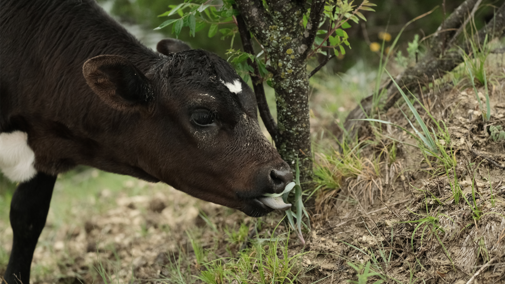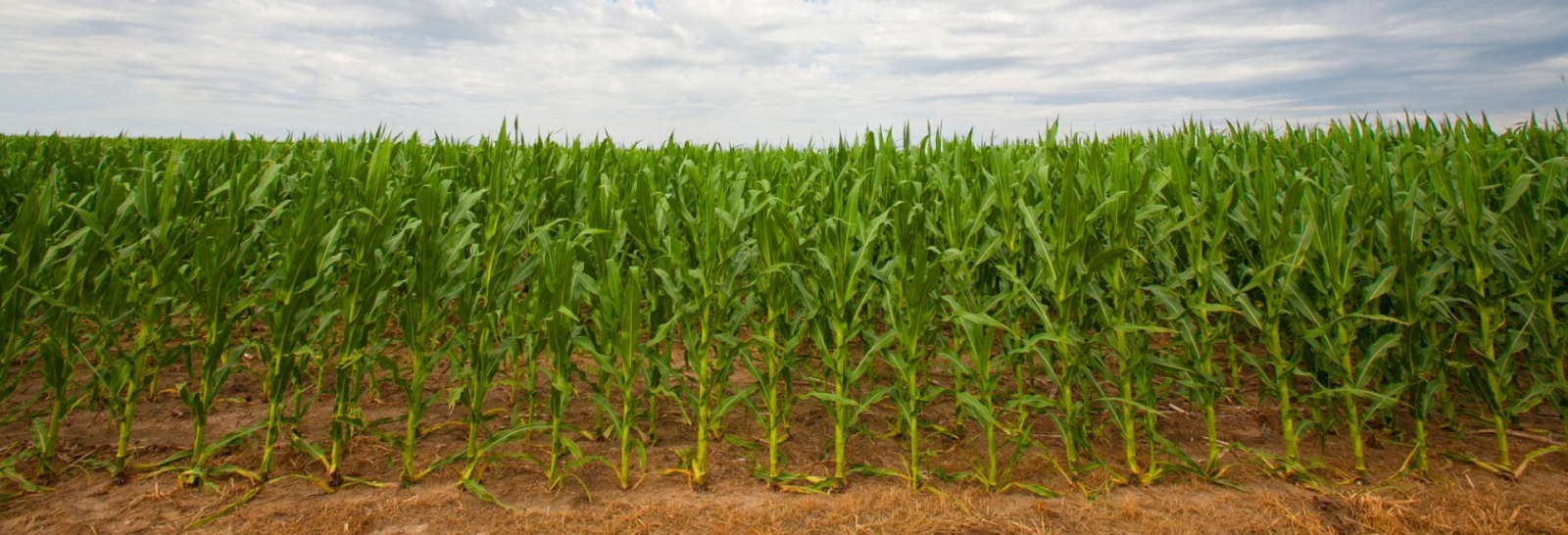Irrigating Alfalfa In-season
Early spring alfalfa irrigation may be beneficial, especially when it is the prime irrigation growing season time to build water reserves for summer use. However, overwatering alfalfa can cause plant injury, disease and possibly weed invasion.
Alfalfa daily water needs in June due to lower temperatures, reduced evaporation and lower leaf transpiration is usually less than ¼-inch per day. This compares to July and August summer months when peak water usage can rise above 1/3-inch per day. Remember that this crop is a relatively drought-tolerant perennial that does not have specific critical growth stages for water stress like most traditional crops. So, when moisture stressed, the plant will slow or stop growing and go dormant. Then, when water becomes available, growth resumes.
Irrigation scheduling efficiency can be improved with using ET and soil moisture monitoring technology. Accurate weather forecasts can also allow growers to take full advantage of rainfall events and reduce irrigation applications.
Since alfalfa has a longer growing season, it can use more water annually compared to other crops. Also, irrigation scheduling can be challenging due to multiple harvests for about seven to 10 days per growth cycle and frequent heavy equipment traffic compacting soils. To reduce compaction, stop irrigating two to three days before cutting the alfalfa, and irrigate again when alfalfa regrowth begins. Avoid heavy irrigation of alfalfa stubble to reduce weed growth.
As temperatures increase, the most yield impacting irrigation occurs just before the second cutting followed by the third and fourth growth periods typically requiring six to seven inches of irrigation per cutting. Hot, windy and dry summer days can move the maximum water demand up to ½-inch per day, so accurate soil water storage and plant water usage monitoring can reduce unnecessary irrigation expenses.
Our UNL NebGuide, G1778, “Irrigation Management and Crop Characteristics of Alfalfa” provides more details.
Controlling Yucca on Rangeland
Yucca plants, which are also called soapweed, can be quite common on rangeland in western and central Nebraska. They are especially noticeable here in June when flowering. In some areas, they can be quite thick and significantly reduce grass production. There are ways, though, to reclaim those grazinglands.
Once established, yucca plants can increase on drier rangeland sites. They produce a deep taproot that competes aggressively for the limited water in these soils. With sharp leaves protecting the plant, cattle rarely eat it during summer. Grass production decreases while yucca thrives.
Herbicides like Remedy Ultra®, PastureGard HL®, Pathfinder II®, Tordon®, Velpar, or Cimarron Plus® can control yucca, but only when each individual plant is sprayed directly. Hexazinone products like Velpar L®; Pronone Power Pellet, or Velossa® be applied to the soil uphill side of individual yucca plants with exact delivery hand-gun applicator, since pasture grass streaking injury downslope can occur with chemical movement. General broadcast spraying to control yucca on rangeland is cost prohibitive, although small patches can and should be controlled before they expand. Herbicides are most effective when applied in spring or summer. When using herbicides, be sure to follow label directions for the best control.
Some people have had some success in reducing yucca through winter grazing. During winter, yucca often is the only green plant around. Sometimes cows actually will get down on their knees, lay their head sideways on the ground, and chew through the base of the plant to get to the moist, tender parts. Though it has been observed that it can take some time for animals to learn to graze yucca — and there may be some animals in the herd that will not graze it, while others can be quite proficient. After several consecutive winters of grazing, yucca stands can be reduced so grass again thrives during summer.
Whether it is with herbicides or trying some winter grazing, this might be a good year to reclaim some of your pasture back from yucca.
Alfalfa Weevil Feeding on Regrowth
Since the first cutting of alfalfa has been completed in much of the state, Nebraska producers may be tempted to believe our troubles with alfalfa weevil are over. Unfortunately, this may not be the case. Alfalfa weevil feeding on regrowth has been reported in some fields, so scouting is highly recommended, particularly if you notice that regrowth doesn’t begin within four to five days after cutting.
Alfalfa plants usually suffer the most injury and economic damage before the first cutting; however, feeding on regrowth can have impacts as well. While larvae cause the most damage, adults can also cause damage by feeding along leaf margins and leaving irregular notches. Adult beetles are roughly 5mm in length with a blunt snout and a brown body covered in golden hairs. Larvae are 1.5mm to 8.5mm long with a black head, wrinkled green body, and white stripe along the back and will curl into a C-shape when disturbed.
Scouting for alfalfa weevil is simple and can help mitigate economic losses. Randomly select five sites across the field and collect 10 stems at each site, cutting the stems at ground level. Beat the stems into a deep-sided white bucket and count the number of larvae to determine the average number per stem. Economic thresholds for alfalfa weevil can vary greatly from an average of one to seven larvae per stem, depending on a variety of factors. Nebraska Extension annually publishes a threshold table for all alfalfa growth stages on CropWatch.
While there are several insecticides labeled for alfalfa weevil management, in Nebraska there have been reports of some products not performing as well as expected and resistant alfalfa weevil populations have recently been reported in several western states. Therefore, if you believe you have an infestation above threshold, contact your county extension office for further guidance.

